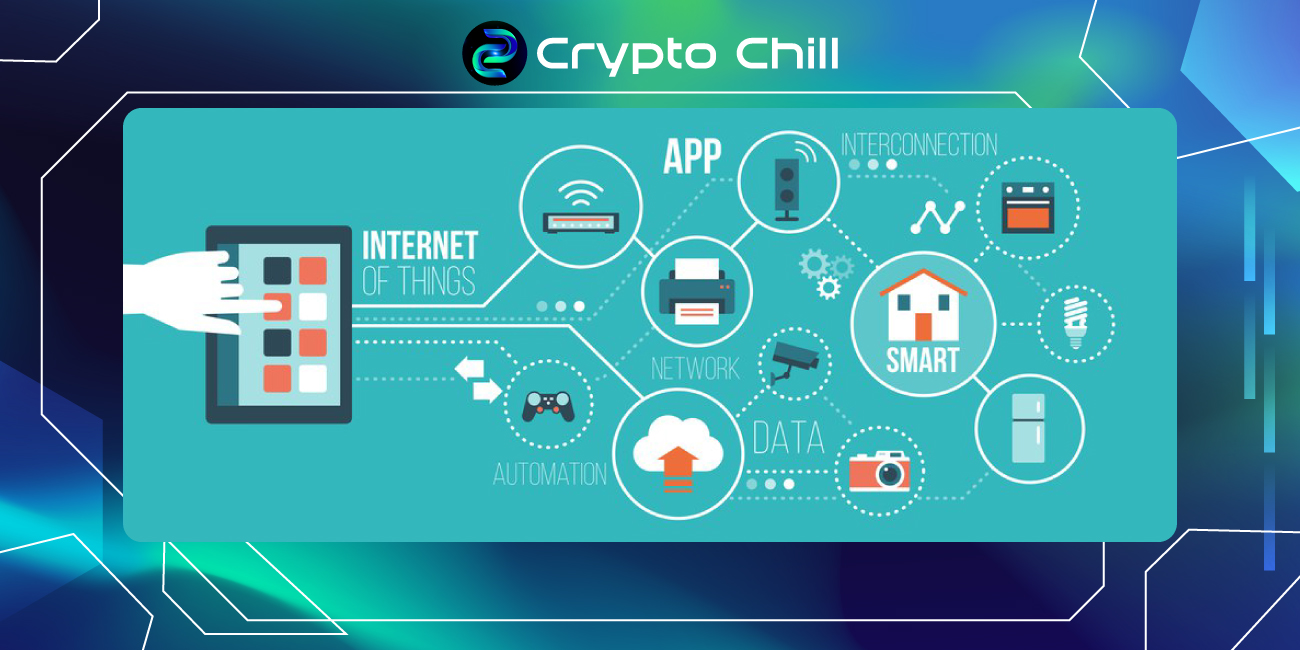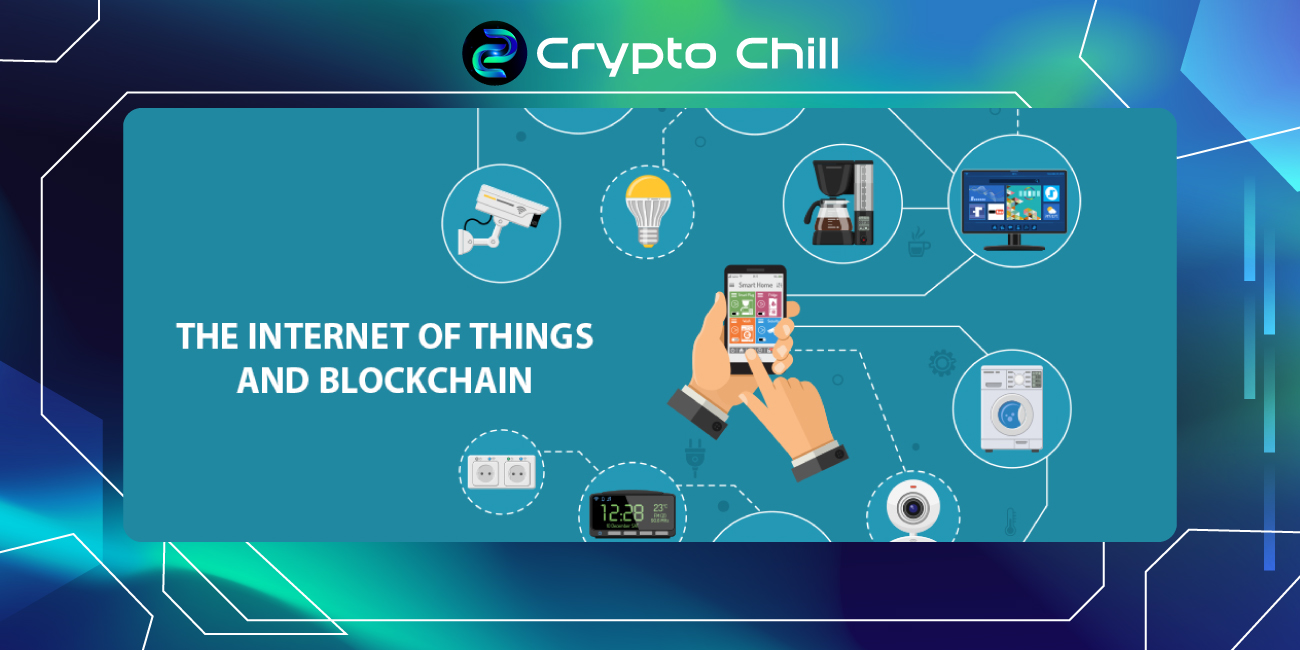In the previous part, we have discussed the basic concepts of Internet of Blockchain (IoB), a new paradigm that combines the Internet of Things (IoT) and blockchain technology. IoB has the potential to revolutionize the way we interact with the world around us, by providing a secure, reliable, and efficient way to connect and exchange data between devices and systems.
In this part, we will take a deeper look at the pros and cons of IoB and how it works.
How Internet of Blockchain works
The Internet of Blockchain (IoB) is a unified information network model that allows entities to connect directly through standardized protocols, secured by blockchain technology. IoB’s operations predominantly rely on the concepts of community, consensus, and data integrity, facilitated by:
- Blockchain Mining: For each transaction added to the blockchain, a number of computers on the network perform complex computations to validate the transaction’s legitimacy. These transactions are then packaged into blocks and added to the blockchain.
- Transaction Verification: New transactions must be verified before they are added to the blockchain. This ensures that the transactions on the blockchain are accurate and reliable.
- Network Nodes: Members of the network play a crucial role in ensuring the integrity of the blockchain. Each network node maintains a copy of the blockchain, and all new transactions are received and shared with other nodes.
- Consensus: Decisions within the blockchain network are made through a consensus process, in which network members agree on various aspects of the blockchain, including new transactions and mining operations.
These features enable IoB to ensure high levels of integrity, security, and reliability for user transactions and data.
Advantages of the Internet of Blockchain
As with any emerging technology, IoB comes with its own set of advantages and disadvantages. In this analysis, we delve deep into these pros and cons to provide a comprehensive understanding of IoB’s potential impact.
1. High Security
One of the standout advantages of IoB is its exceptional security measures. Blockchain technology, which forms the backbone of IoB, employs robust encryption and cryptographic techniques. This ensures that transactions and data stored on the blockchain are highly secure and virtually immune to hacking or fraud. Each transaction is recorded in a transparent and immutable ledger, making it extremely difficult for malicious actors to manipulate or compromise the data.
2. Data Integrity
IoB guarantees data integrity. The blockchain acts as an immutable ledger, meaning that any information stored on it remains unchanged and verifiable over time. This is invaluable for industries that rely on the accuracy and reliability of data, including legal, real estate, and scientific research.
3. Increased Transaction Speed
Traditional financial systems can be slow and cumbersome due to intermediaries and complex verification processes. IoB streamlines transactions, eliminating the need for intermediaries and reducing processing times. This improvement in transaction speed is not only convenient for users but also opens up new possibilities for real-time financial applications, cross-border payments, and more.
4. Cost Reduction
By cutting out intermediaries and automating processes, IoB can significantly reduce transaction costs. This is particularly beneficial for businesses that engage in a high volume of transactions, such as e-commerce platforms and remittance services. Cost savings can be redirected toward innovation and improving user experiences.
5. Diversification of Use Cases
IoB introduces a multitude of new use cases and applications. It empowers industries to explore innovative solutions that were previously impractical or uncharted. For example, IoB can facilitate online auctions, decentralized insurance platforms, commodity trading, and the seamless exchange of digital assets. This diversification of applications opens doors to new business models and revenue streams.
Disadvantages of the Internet of Blockchain
1. Technological Complexity
Blockchain technology is relatively new and complex. Implementing and managing IoB solutions require specialized knowledge and skills. Organizations must invest in training or hire experts, which can be costly. Additionally, the rapid evolution of blockchain technology means that organizations need to stay updated with the latest developments to remain competitive.
2. Overhauling Procedures
Transitioning to IoB often necessitates significant procedural changes within organizations. Existing processes may need to be redefined, integrated with blockchain technology, and staff may require retraining. These adjustments can be time-consuming and resource-intensive, potentially disrupting daily operations.
3. Potential Cybersecurity Risks
While IoB offers robust security features, it is not immune to cybersecurity threats. If malicious actors manage to compromise network nodes at connectivity points, they may gain unauthorized access to data or disrupt network operations. Ensuring the security of the entire IoB ecosystem remains a continuous challenge, and organizations must stay vigilant and invest in cybersecurity measures.
Conclusion
In conclusion, the Internet of Blockchain presents a transformative shift in how industries handle data, transactions, and trust. Its advantages hold great promise for various sectors. However, organizations must carefully navigate the associated challenges of technological complexity, procedural changes, and cybersecurity risks to fully realize the potential benefits of IoB. As the technology matures, businesses that embrace IoB stand to gain a competitive edge in an increasingly digital and interconnected world.
Disclaimer: The information in this article is not investment advice from CryptoChill. Overall, cryptocurrencies always carry many financial risks. Therefore, do your own research before making any investment decisions based on this website’s information.











No Comment! Be the first one.